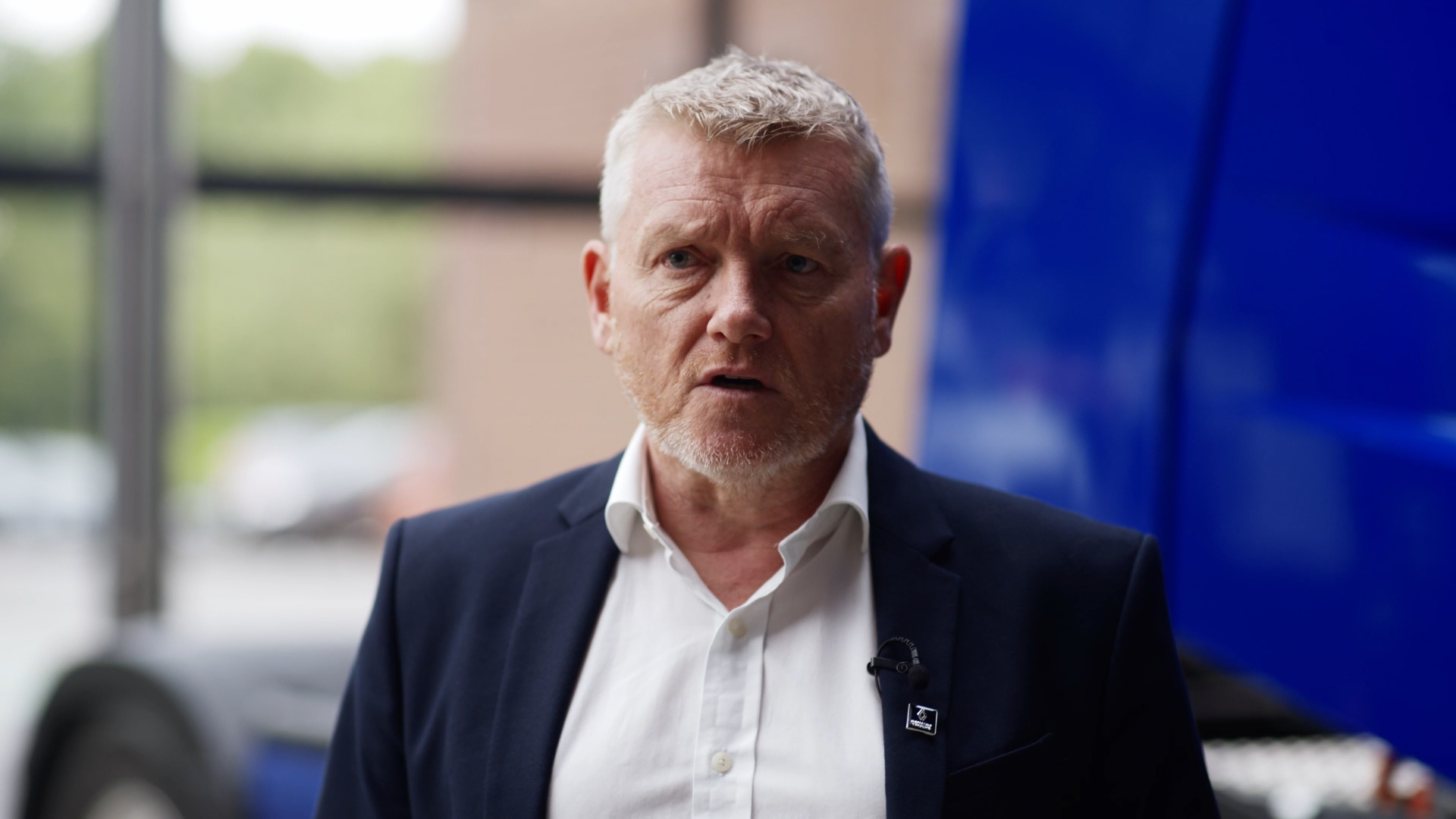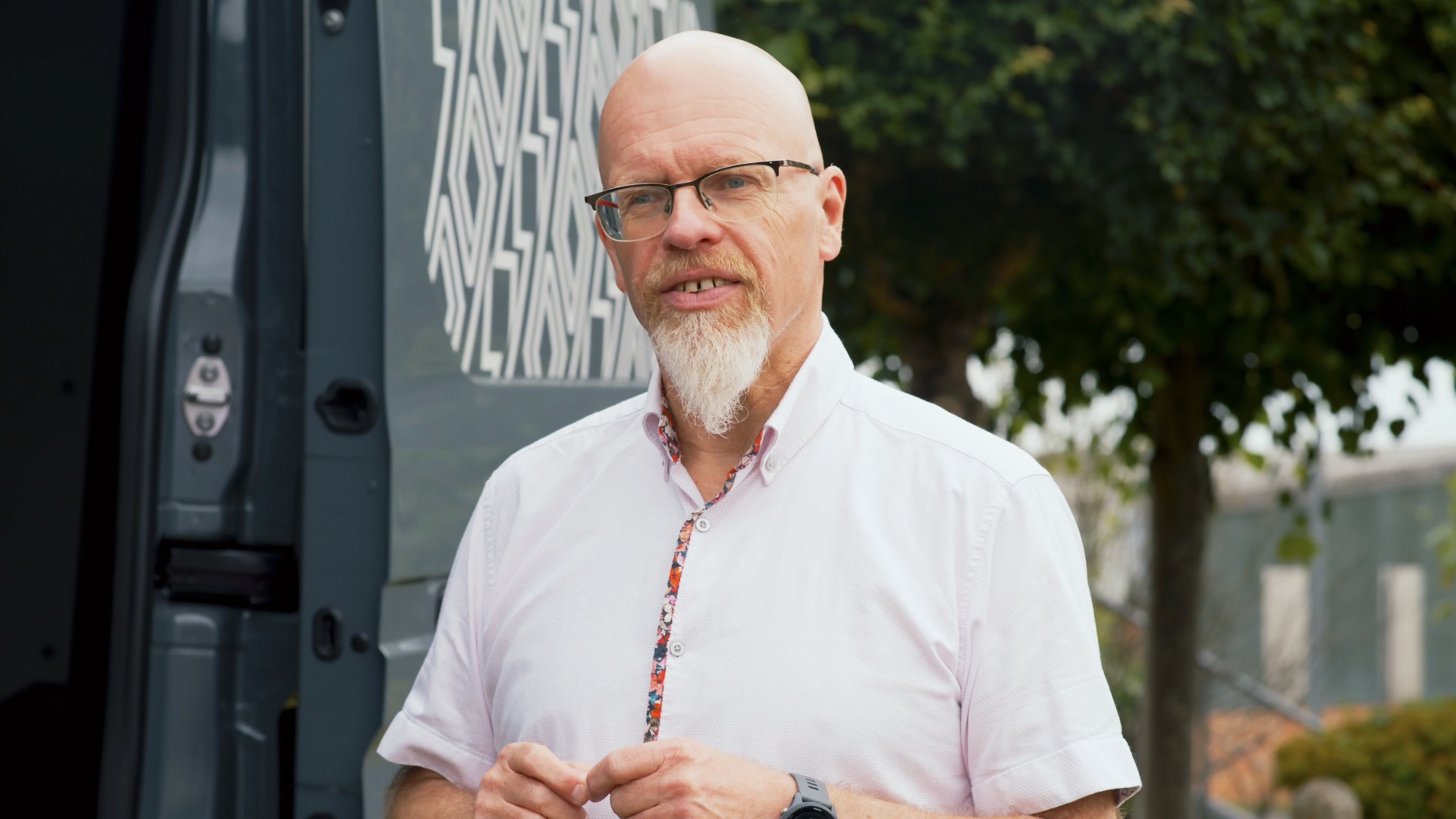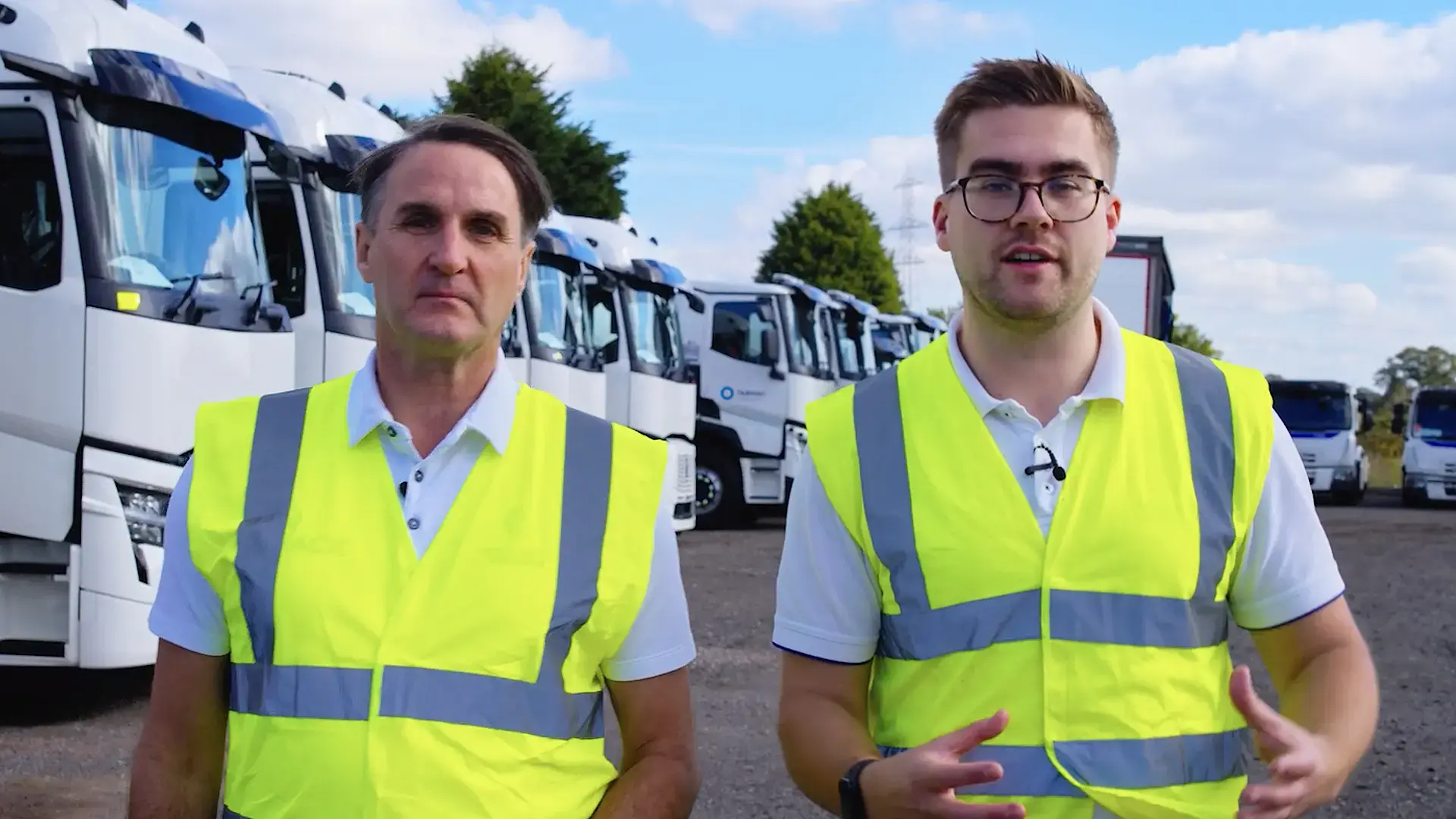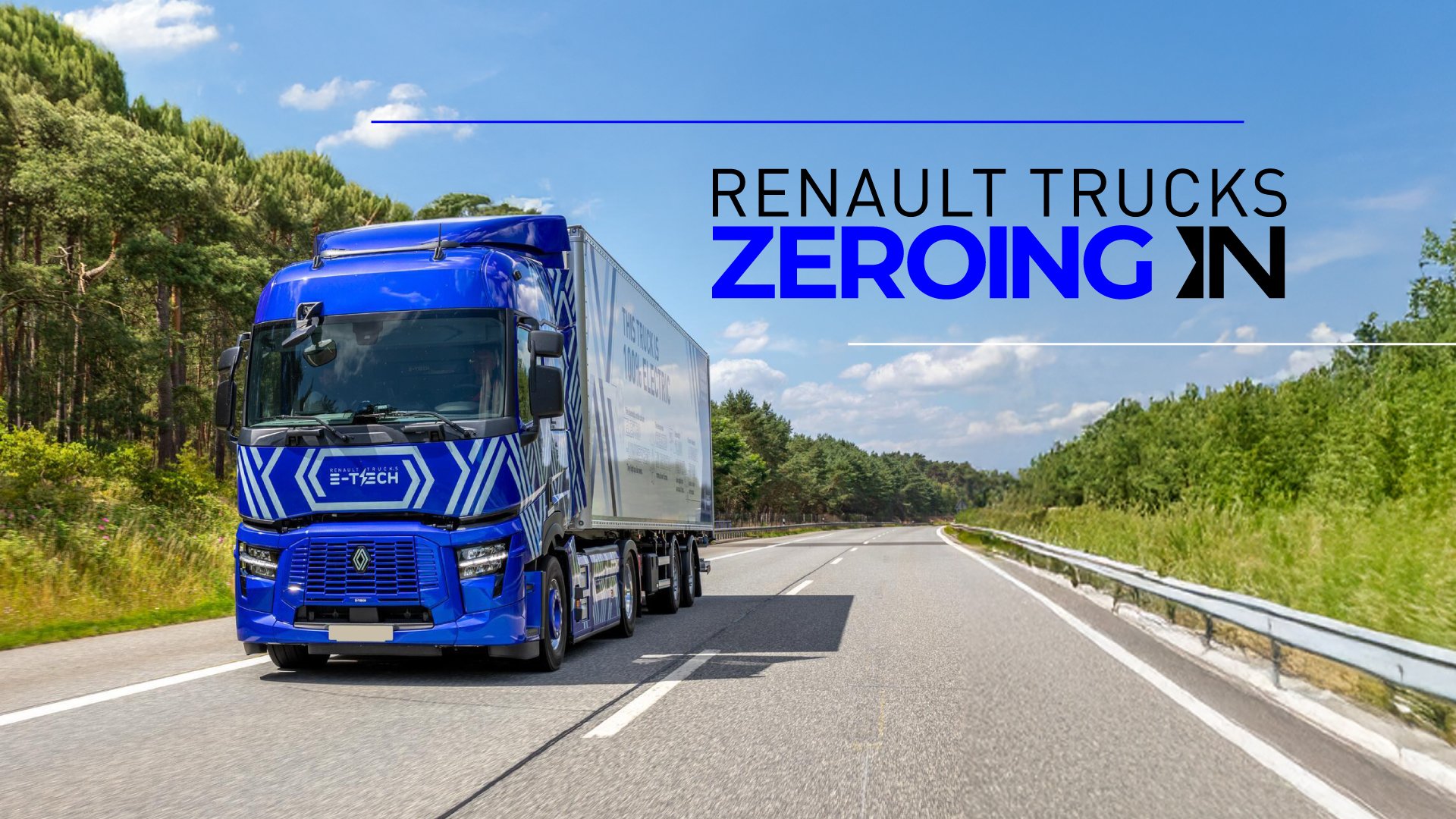
Learn about the Energy Transition Journey
Learn about the Energy Transition Journey
Zeroing In: How to Charge Electric Fleet Vehicles
When fleet operators start planning their EV transition, the first big question is: “How do I actually charge my trucks and vans?”
Renault Trucks’ Andrew Roberts and Aaron Davison answer this in this episode of Zeroing In.
The UK charging landscape offers a growing range of options, from depot setups to shared hubs and an expanding public network, giving fleets flexibility and confidence as they electrify.
Depot Charging – The Starting Point
Depot charging is usually the first step for fleets. Vehicles return after shifts, plug in and charge overnight or between routes.
Andrew and Aaron explain how operators can tailor their depot infrastructure:
- Assessing site capacity and grid availability
- Selecting AC or DC/CCS chargers, or planning for future megawatt charging
- Considering battery storage or solar integration
Effective depot charging is reliable, under operator control, and scalable, ensuring your fleet can grow without hitting bottlenecks.
What Depot Charging Looks Like
At a typical site, you might see:
- Individual or centralised charging points
- Battery storage or solar feeding the system
- Thoughtful layout for safe truck movement and cable management
Charging types vary:
- AC: up to 22 kW, suitable for vans or light trucks overnight
- DC/CCS: 50–350 kW, enough for a full truck charge in a few hours
- Megawatt chargers: under development, reducing long-haul charging times to under an hour
Site planning ensures efficiency, safety and flexibility for future growth.
Shared Hubs and Public Network
Not every fleet has the space or grid capacity for a full depot setup. Shared EV charging hubs provide a practical solution:
- The hub operator funds infrastructure, reducing upfront cost for fleets
- Hubs are located at key freight locations for convenient access
Beyond depots and hubs, the public network is expanding rapidly, with rapid chargers for vans and emerging electric HGV hubs on strategic routes and motorways.
Together, these options give fleets more flexibility, making electrification feasible even for smaller operators.
The Big Picture for Fleet Electrification
Depot charging remains the anchor, while shared hubs and the public network expand access and confidence.
By understanding the charging landscape, operators can:
- Plan infrastructure investment wisely
- Scale as fleets grow
- Integrate sustainable solutions like battery storage or solar
As Andrew and Aaron conclude:
“The charging system is ready to support fleet electrification across the UK — now it’s about choosing the best solution for your operation.”
What’s Next: The Zeroing In Series
Future episodes will reveal how collaboration — across teams, sites, and industry partners — is key to a seamless transition to electric fleets.
With Renault Trucks, operators have a trusted partner guiding them every step of the way toward zero-emission transport.

More in our Zeroing In series
Getting Started
Electric trucks are here. What’s holding you back? Power, cost, complexity - or just knowing where to start? with Roger Clarke, Head of Electromobility
EV Efficiency
Challenge the assumption that bigger batteries are better with Grahame Neagus, LCV Manager.
Is There Enough Power for Electric Trucks?
How the grid handles it now, and how it’s building capacity with Energy Transition Managers, Jack Millington and Simon Calado.
How to Charge
Your Fleet
Exploring options from depot charging to shared hubs and public networks with Electric Mobility Charging Specialists, Andrew Roberts and Aaron Davison.
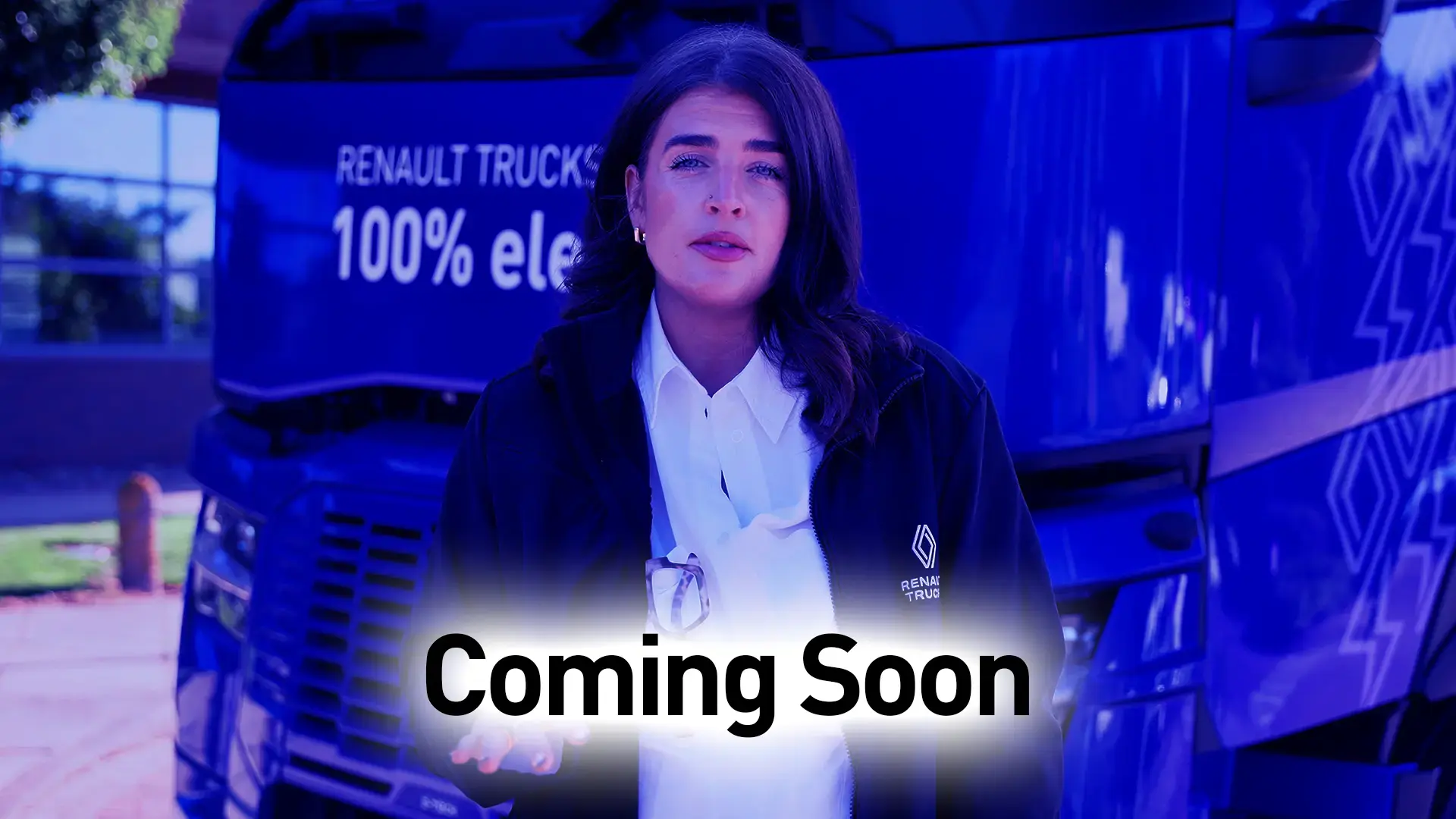
The Importance of Partnerships
Making the right choices that drive fleet decarbonisation and commercial success with Jessica Sawbridge, Electromobility Customer Experience Manager.
Make sure you subscribe to the Zeroing In email series for electromobility news and updates
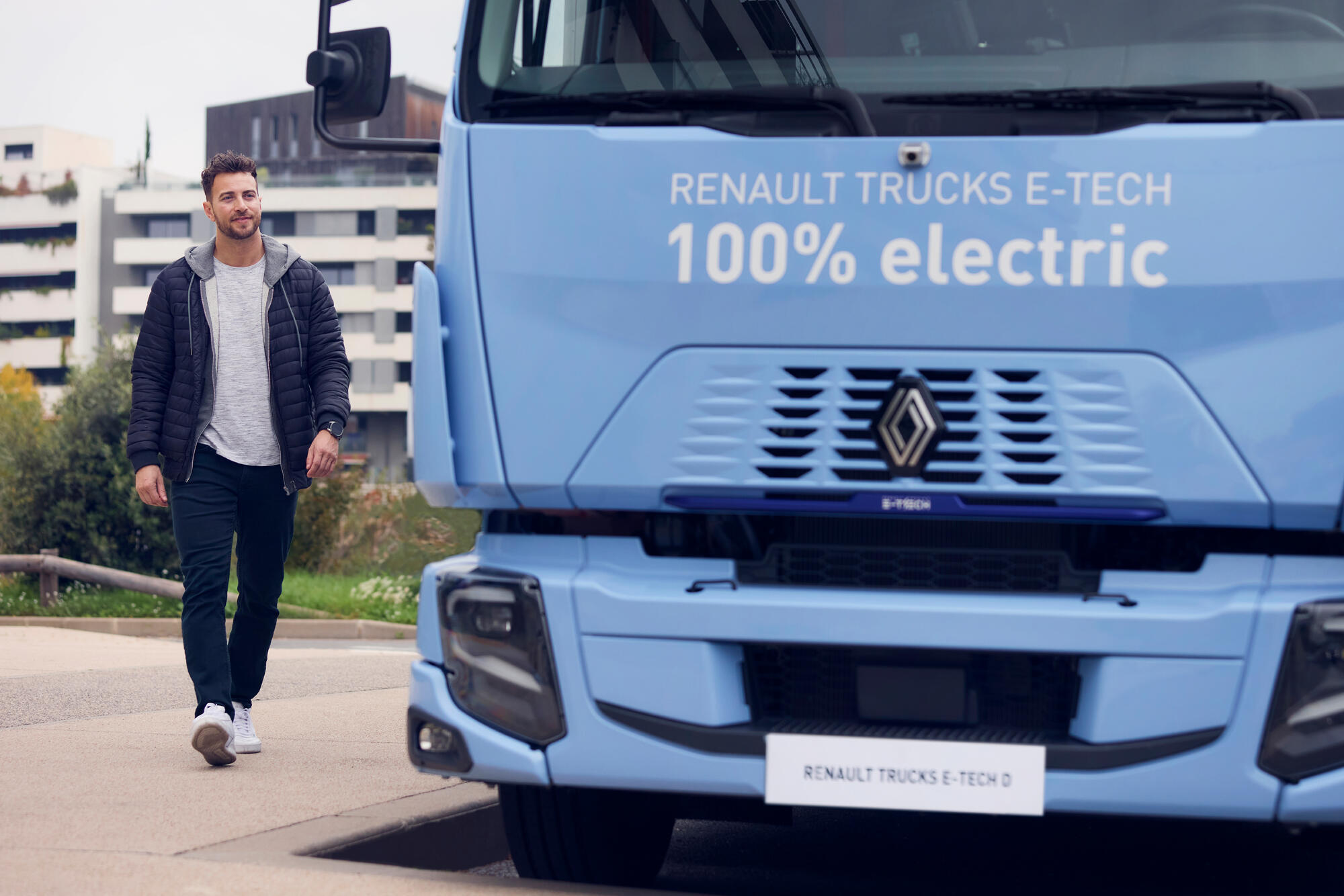
Download our White Paper to help your switch to electric run smoothly
We understand that the shift to electromobility is accelerating, so is the need for sharper, more credible conversation around it. Our Decarbonisation White Paper highlights the main points in the energy transition journey.
Get to know more!


